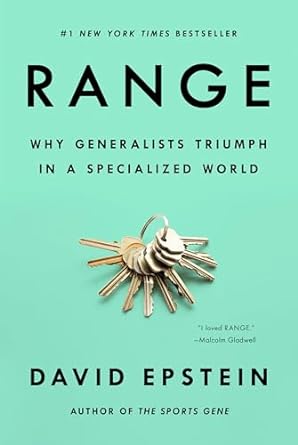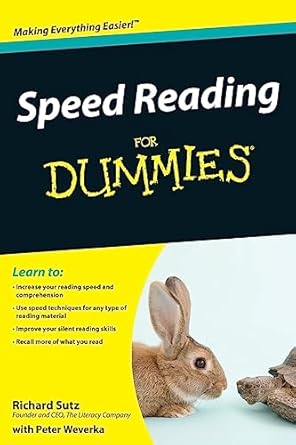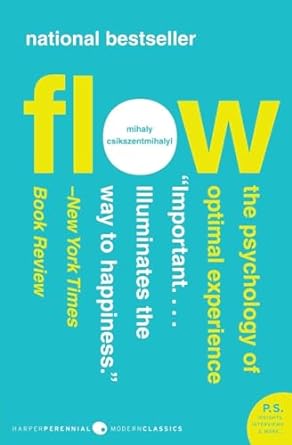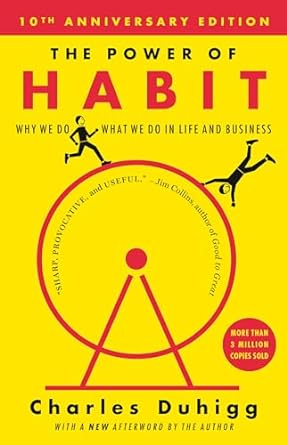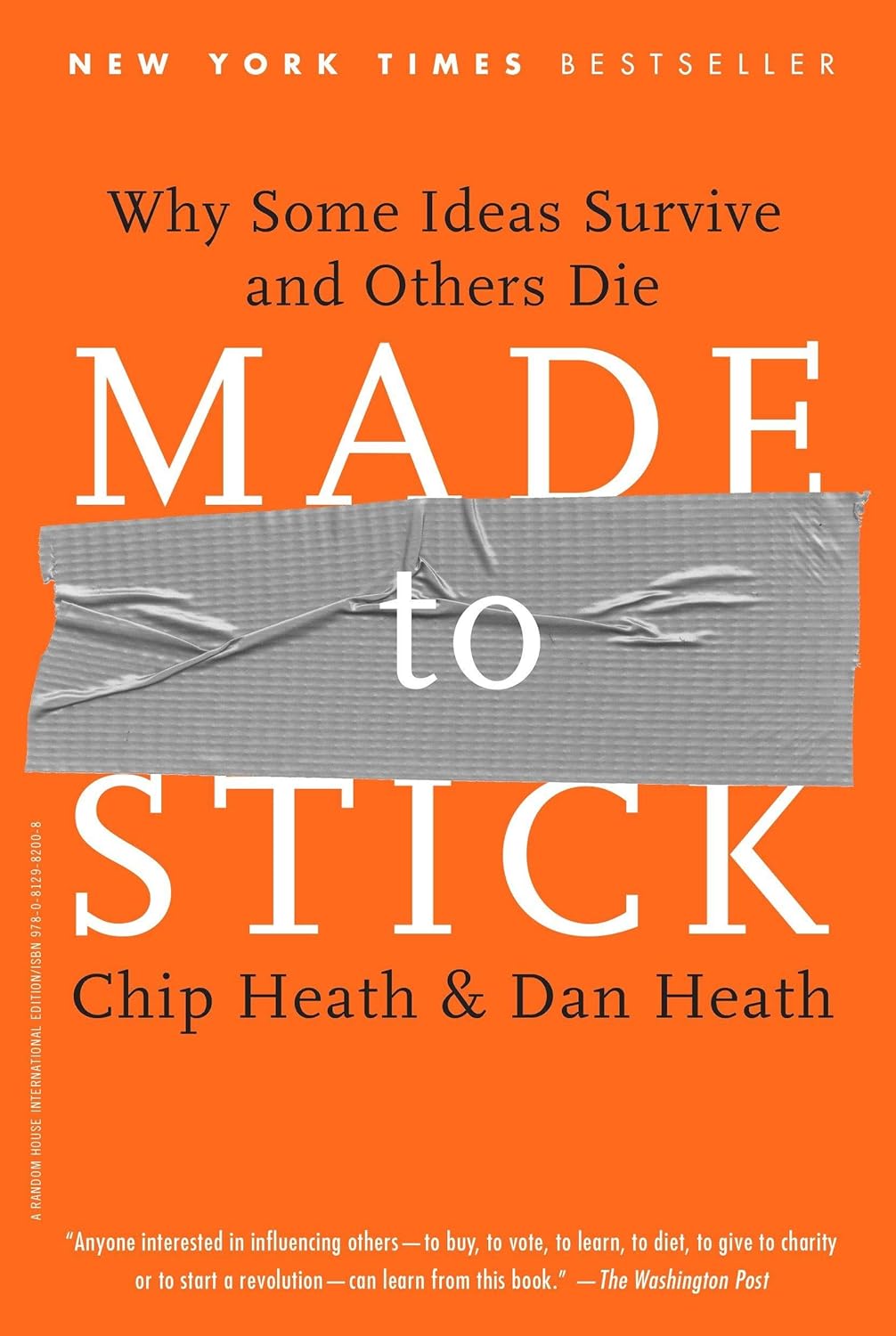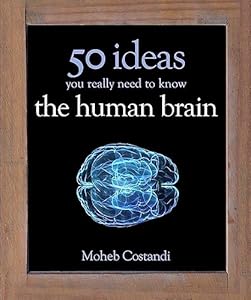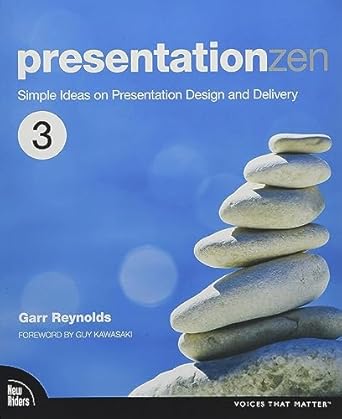Chunking
Grouping pieces of information together in meaningful ways. A technique used in learning and memorisation.
Key Insights & Principles
Learning
Insights:- Humans tend to have a limited short term or working memory, and can remember around 7 items.
- The information we can remember can be expanded by grouping (chunking) similar pieces of information in meaningful ways.
- We have the ability to create meaning with language, symbolism, abstract concepts, and stories.
- The more we learn, the more meaning we can give to new pieces of information.
- Group information in meaningful ways.
- Practice continuous learning and repeat practice.
- Create meaning through symbolic means including stories, language, abstraction.



